Each year begins with a slew of announcements and teases at CES. With new handheld gaming consoles and even gaming chairs with haptic feedback, this year seems to have lived up to expectations. In fact, the show surpassed my expectations. There are dozens of devices to look forward to, and I can’t wait to see how some of these work in the real world.
On top of several intriguing devices, Intel, AMD, and NVIDIA announced internals that will power hardware through 2024 and beyond.
If you want to catch up on everything from CES 2024, make sure to check out our page on the event. But if you crave only the most extraordinary tech, at least in the eyes of myself, I have you covered here. CES 2024 runs through January 12, 2024, but the major announcements have already been made, so I couldn’t wait to share.
MSI Claw is the vehicle that Intel Arc needs
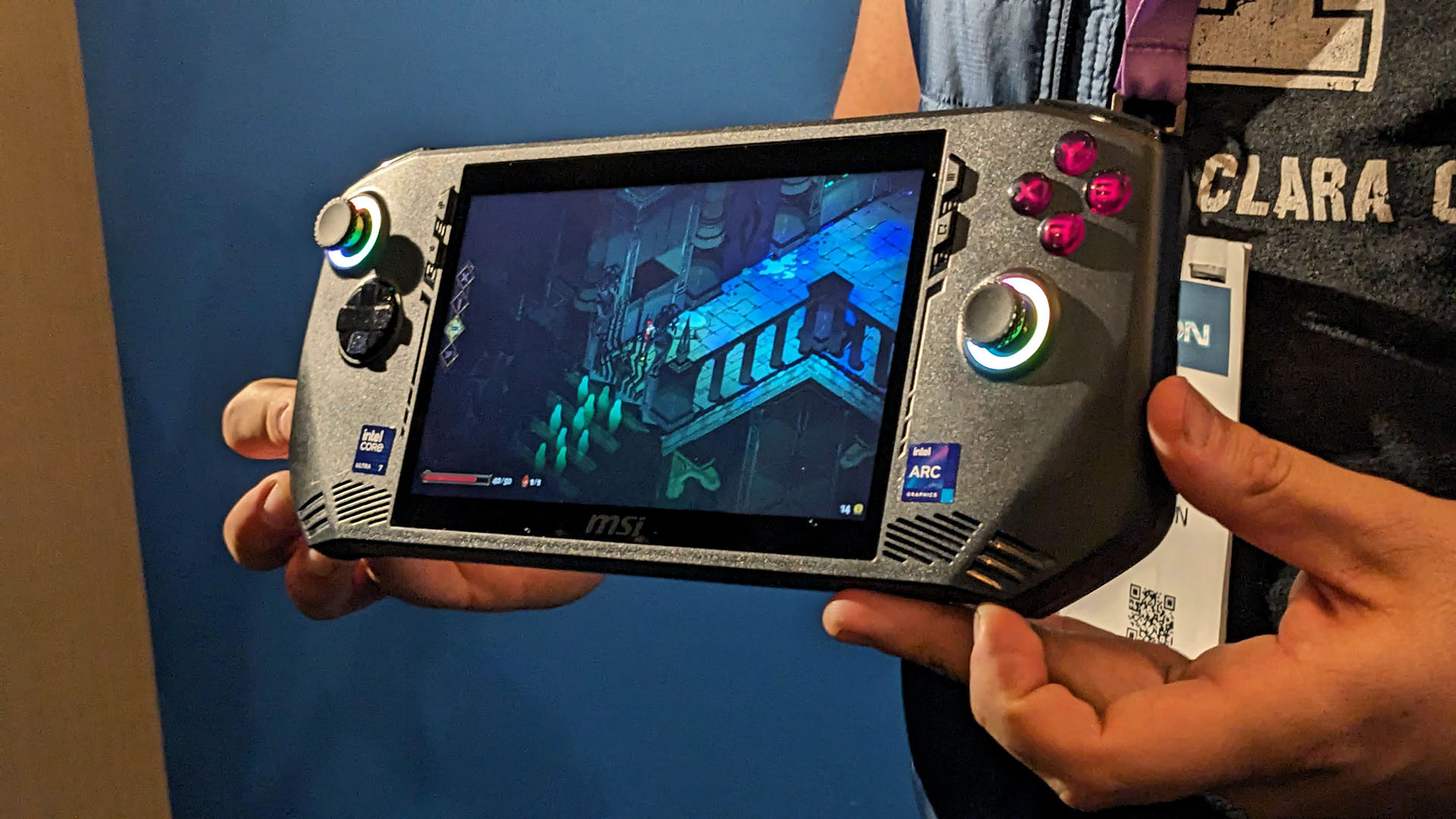
- The MSI Claw is a handheld gaming console that features Intel Arc graphics rather than AMD graphics.
- The console supports Xe Super Sampling for upscaling.
- The MSI Claw faces stiff competition within the growing category of handheld gaming consoles.
I’ll kick things off with a quick section by our Channel Editor Ben Wilson. He’s obsessed with seeing Intel succeed in the fight against NVIDIA and AMD, so he couldn’t resist adding a section in my roundup about the MSI Claw.
MSI, the manufacturer probably best known for its gaming desktop motherboards and OEM graphics cards, announced a new portable PC gaming handheld named ‘MSI Claw,’ presumably inspired by its iconic dragon logo. Some of the Claw’s component specs leaked before the show started to reveal cutting-edge Intel Core Ultra mobile processors powering the CPU and GPU. MSI choosing Intel over AMD marks a considerable shift in the PC gaming handheld market, contrasting with competitors Valve, ASUS, and Lenovo. The brand-new Core Ultra chips feature higher core and thread counts than their competitors, suggesting a natural edge in raw performance.
The Claw’s unique appeal lies in integrating an in-house real-time 3D graphics platform from the Intel Arc range of desktop cards and Xe Super Sampling (XeSS) upscaling technology inside a handheld running Windows 11. This tech is a similar, open-source answer to NVIDIA’s Deep Learning Super Sampling (DLSS) as AMD’s FidelityFX Super Resolution (FSR) is, offering better portable gaming experiences with improved battery life and intelligently scaled on-screen graphics. The key selling point is the nature of cross-compatibility with AMD FSR, even combining elements of XeSS since both source codes are open to the knowledgeable public.
While MSI has a strong reputation in PC hardware, it can’t guarantee success by the Claw’s spec bump alone. It faces stiff competition from Valve’s Steam Deck dominance in digital game distribution and years of accessibility advancements. The next few months will prove crucial for MSI to demonstrate the Claw’s capabilities and establish its position in the competitive portable gaming market. So, as soon as review samples become available, we’ll pit it against its major rivals and assess the MSI Claw’s potential as a serious contender in the gaming handheld arena. Nevertheless, I’m thrilled to see Intel push forward with Arc graphics and hope they become a genuine third option to stand apart from NVIDIA GeForce and AMD Radeon. — Ben Wilson, Tech Editor
ASUS doubles down on dual screens with ZenBook Duo

- The ASUS ZenBook Duo features two 3K 120Hz OLED displays and runs on an Intel Core Ultra processor.
- ASUS added a built-in kickstand to the ZenBook Duo, which makes it much easier to set up on a desk or table.
- The keyboard of the ZenBook Duo attaches magnetically and has POGO pins.
ASUS unveiled its new ZenBook Duo this year at CES 2024. The laptop features two 3K 120Hz OLED displays and a detachable keyboard. The evolution of the ZenBook Duo’s design aligns it more with the Lenovo Yoga Book 9i, which also has two displays. The change puts the “Duo” into ZenBook Duo, and it makes a much more exciting laptop.
The previous ZenBook Duo had a secondary display that sat above the keyboard. It was fine for some multitasking, but not nearly as versatile as having an entire second display. The new ZenBook Duo can be used as a traditional laptop when the keyboard is attached over the second screen, or as a dual-screen system when you detach the keyboard.
From what I’ve seen of the ZenBook Duo, it’s hard to even tell it’s a special laptop at first glance. That’s what needs to happen in this space. People don’t want devices that feel fragile, have gaps, or require practice to figure out — looking at you folio keyboards.
The built-in kickstand of the ZenBook Duo is adjustable, metal, and robust. It lets you prop up the laptop when in dual-screen mode. You still can’t use the laptop on your lap comfortably in the dual-screen form factor, but it’s easy to set up on a desk or table.
Inside, the ZenBook Duo runs on up to an Intel Core Ultra 9 processor, which should deliver solid performance. That processor also has an NPU, which is optimized for AI features.
Our Managing Editor, Richard Devine, called the ZenBook Duo one of his favorite things from CES 2024, and I agree with him. I love the trend of laptop manufacturers moving toward taller devices, such as the Lenovo ThinkPad X1 Fold. You can’t get much taller than two displays on top of each other, and I think ASUS has designed the ZenBook Duo in an elegant way that’s also functional.
Lenovo ThinkBook Plus Gen 5 Hybrid is a new type of 2-in-1
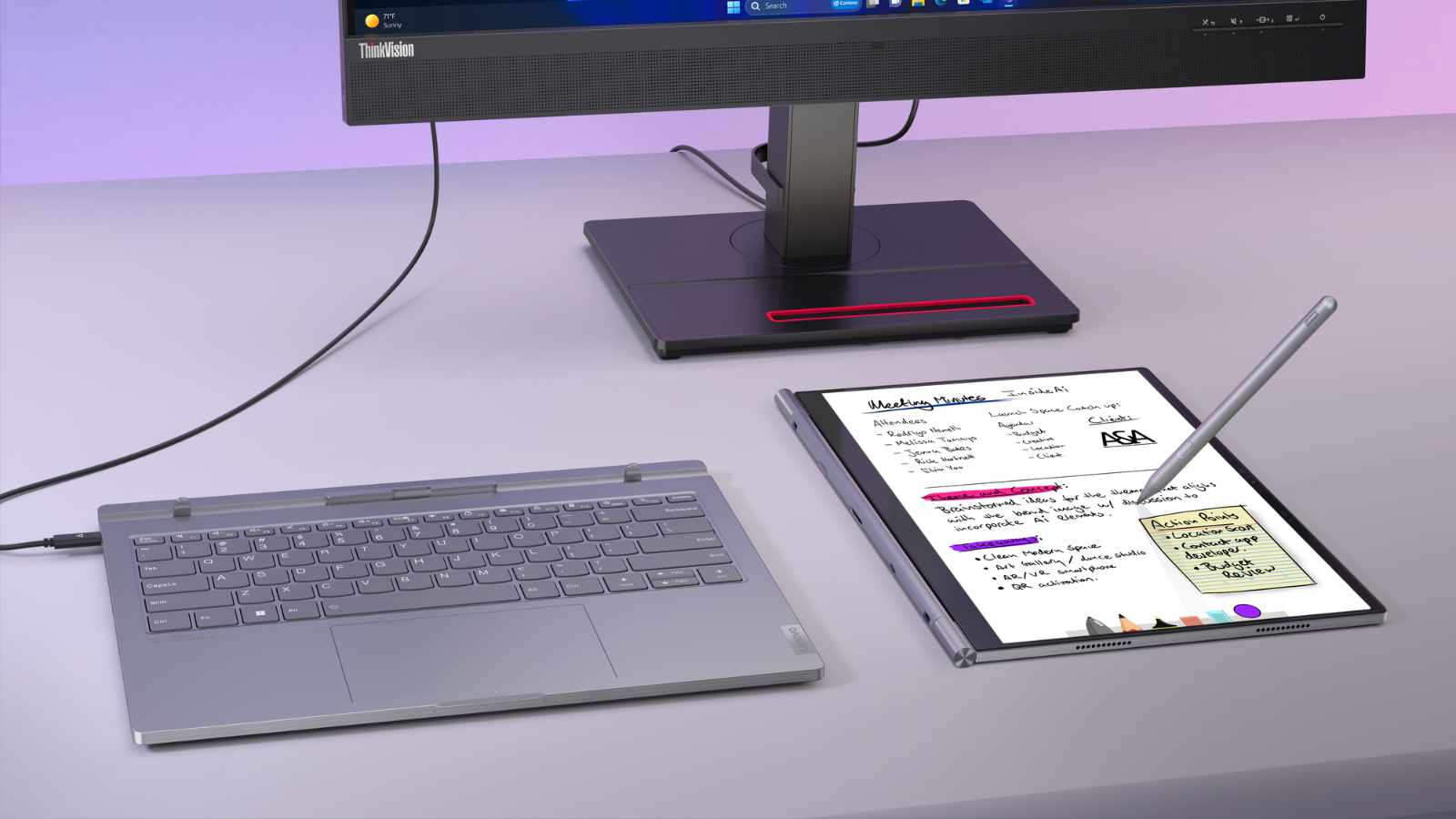
- Lenovo’s ThinkBook Plus Gen 5 Hybrid is a Windows laptop and an Android tablet.
- The base of the device runs on an Intel Core Ultra 7 processor, and the detachable display has a Qualcomm Snapdragon 8+ Gen 1.
- The ThinkBook Plus Gen 5 Hybrid is expected to ship in Q2 2024 with a starting price of $1,999.
Versatility was a bit of a theme at CES 2024. Many devices announced during the event double up in one way or another. Lenovo’s ThinkBook Plus Gen 5 Hybrid takes a different approach to the 2-in-1. Rather than being a single device that can fold or flip between form factors, the ThinkBook Plus Gen 5 Hybrid is two devices in one, quite literally.
The laptop base of the ThinkBook Plus Gen 5 Hybrid is a Windows PC. You can use that base as a traditional clamshell laptop when its screen is attached or use it to power an external display.
The ThinkBook Plus Gen 5 Hybrid’s display looks like a lovely OLED screen with a 2.8K resolution, but its standout feature is that it is also a fully functional Android tablet. Pop off the top half of the ThinkBook Plus Gen 5 Hybrid, and you have a standalone Android tablet powered by a Qualcomm Snapdragon 8 Plus Gen 1.
I know that Windows’ tablet mode has some fans, but I’m not among them. Windows is a great operating system for desktops and laptops, but it’s just functional as a tablet OS. Android lags behind iOS when it comes to tablets, but there’s no way that Apple would have an iPad attach to a Windows PC — did Apple ever learn what a computer was? That makes a Windows PC combined with an Android tablet the best combo available.
Razer Project Esther brings haptics to gaming chairs
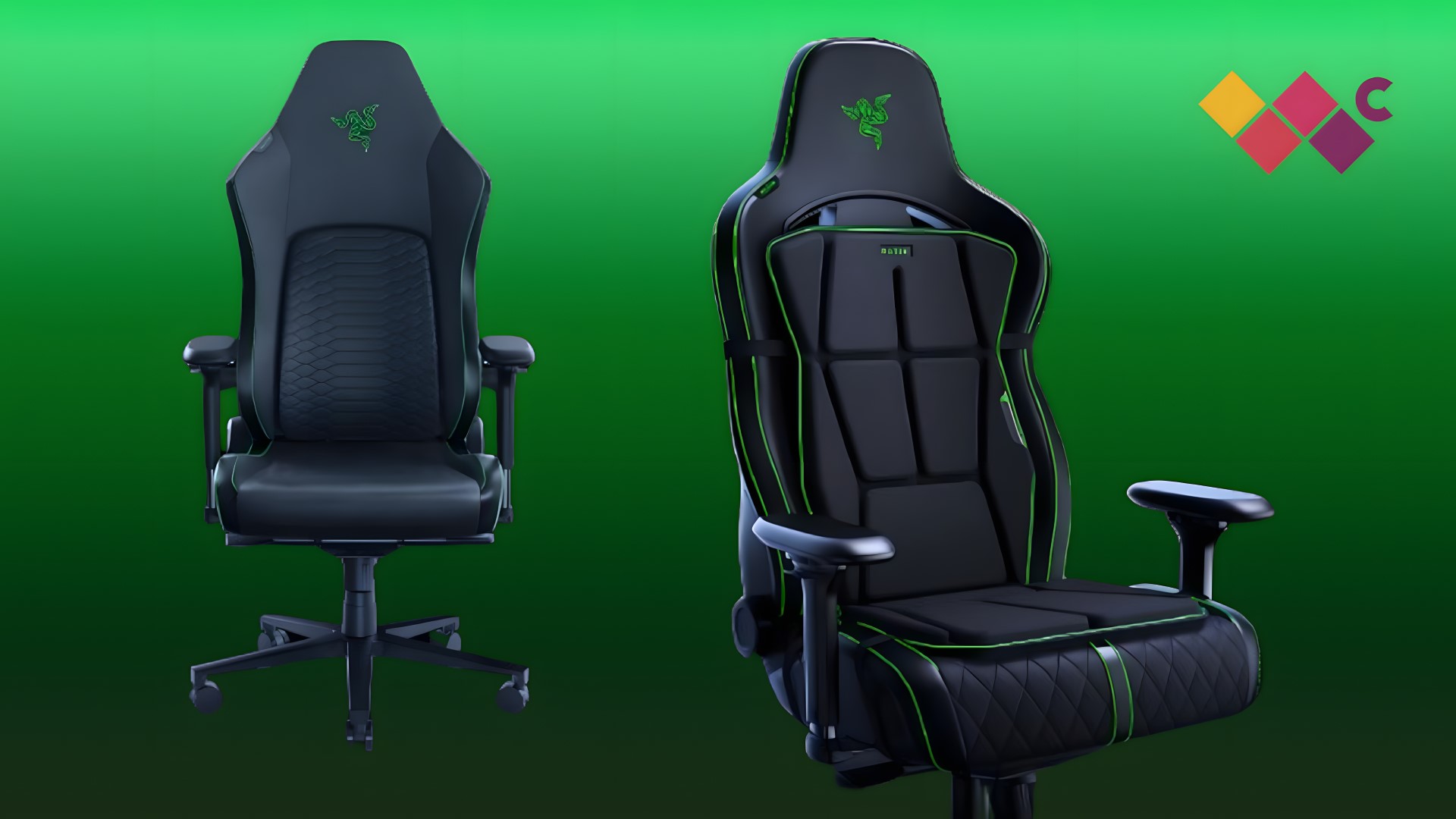
- Razer unveiled Project Esther, a haptic gaming cushion.
- The cushion has 16 haptic zones to increase immersion.
- At least for now, Project Esther is only a concept device, but we could see a consumer version in the future.
I remember the first time I played Star Fox on the N64 with a rumble pack. I even got a rumbling vest to along with my gaming set up when I was young. Haptics have come a long way since then, and Razer has a concept I hope hits shelves in the future.
If you want to purchase one of the best gaming chairs, Razer has you covered with the recently launched Iskur V2. While that chair upgrades the solid Iskur lineup, it’s not the most astonishing chair Razer showed off at CES 2024. That title goes to Project Esther, a gaming chair cushion featuring haptics.
The concept gaming cushion isn’t just a vibrating pad on a gaming chair. Project Esther uses Razer Sensa HD Haptics, which combines HyperSense haptics and tech from Interhaptics, which Razer acquired recently. We reviewed the Razer Nari Ultimate and its haptics a few years ago. Razer has improved its haptic game since then, including buying Interhaptics.
Project Esther is all about immersion. Razer Sensa HD Haptics supports directionality and multi-actuator functionality. That functionality allows developers to immerse you into games with more realistic haptic feedback.
While Project Esther looks natural on the Razer Iskur 2, it’s a universal cushion, so you could add it to any gaming chair if it ever came out as a consumer product.
Acer Predator Z57
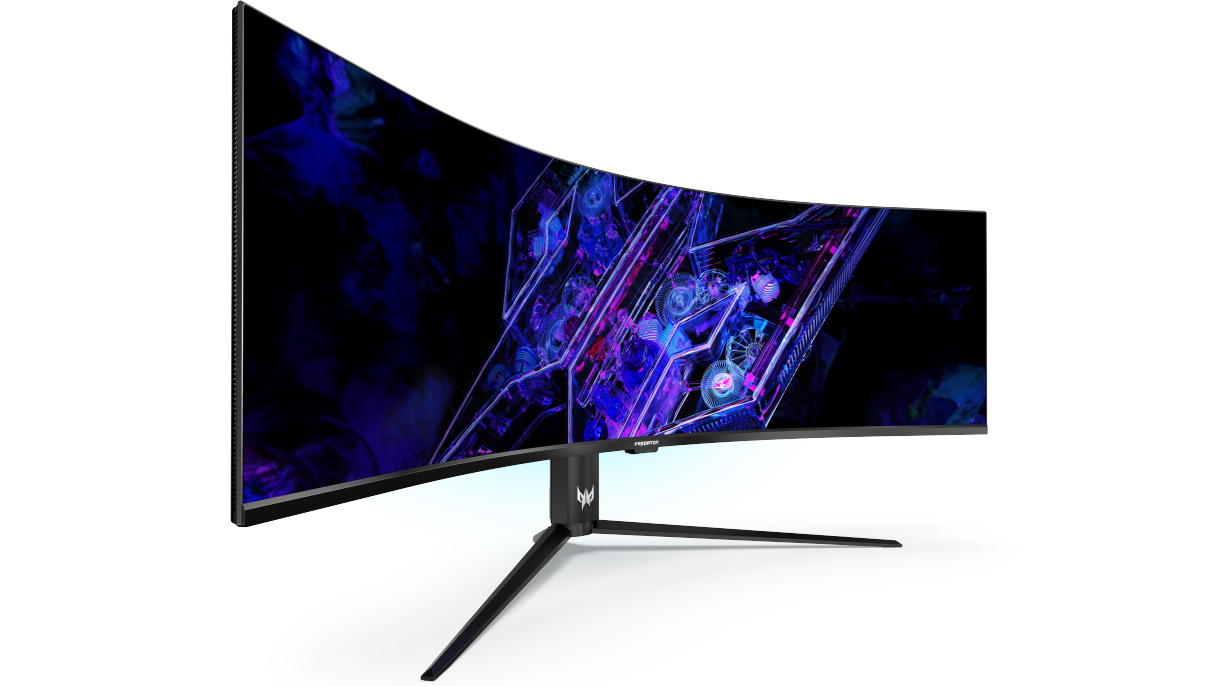
- Acer’s new ultrawide monitor has a 57-inch display.
- That screen has a 7680×2160 resolution, making it essentially two 4K monitors combined.
- The Acer Predator Z57 will launch in Q2 2024 starting from $2,499.99.
Ultrawide monitors seem to grow each year. Acer unveiled its latest and largest gaming monitor at CES 2024, the Predator Z57. The new monitor is an ultrawide behemoth with a 57-inch display sporting a 7680×2160 resolution. That curved screen has a 120Hz refresh rate as well.
I could never justify a screen like this since I don’t play games on a PC. But I love ultrawide monitors and dream of a day that Slack, AirTable, and Microsoft Edge can all sit on a giant screen on my desk.
With a 32:9 aspect ratio, the Acer Predator Z57 is essentially two 4K 16:9 displays placed next to each other. Acer has some built-in tools for managing a screen of this size, but it’s worth grabbing PowerToys and using FancyZones for this massive monitor.
Acer will launch the Predator Z57 in North America in Q2 with a starting price of $2,499.99.
If you don’t have a desk large enough for the Predator Z57 or want a smaller gaming monitor, Acer also announced the Predator X34 V2, which has a 21:9 curved display with a QHD resolution. That monitor has a quicker 180Hz refresh rate as well.
XREAL Air 2 Ultra

- The XREAL Air Ultra 2 are the company’s first smart glasses to feature cameras.
- The new glasses are designed to compete with Microsoft HoloLens, Apple Vision Pro, and Meta Quest 3, though they are not a standalone device.
- Spatial computing appears limited to select devices, though the glasses can mirror the screen of anything with USB-C output.
Why get an expensive display that can only sit at your desk when you can attach a display to your face and take it anywhere? That’s the question XREAL asks with the XREAL Air 2 Ultra, announced this week at CES. The XREAL Air Ultra 2 is the first smart glasses from the company to feature cameras. The cameras also let you use hand tracking and add support for interacting with real-world objects.
The XREAL Air 2 Ultra represents a significant step forward in augmented reality for the company that already holds a 51% stake in the category.
While the XREAL Air 2 Ultra improves on the already impressive XREAL Air 2 Pro, it has limits, especially compared to devices like the Apple Vision Pro or Meta Quest 3. The XREAL Air 2 Ultra requires an attached device; it’s not a standalone product. XREAL’s page on the glasses only lists the Samsung Galaxy S22 and Samsung Galaxy S23 as supported for spatial computing, though it’s unclear if that list is exhaustive. Screen mirroring should work with any device with USB-C.
I like the concept of what XREAL is working on. Standalone AR devices have their place, but attached glasses play a role as well. As augmented reality shifts to general productivity rather than gaming or industrial work, devices like the XREAL Air 2 Ultra are important counters to the pricey Apple Vision Pro.
Razer Aether Monitor Light Bar is about more than RGB
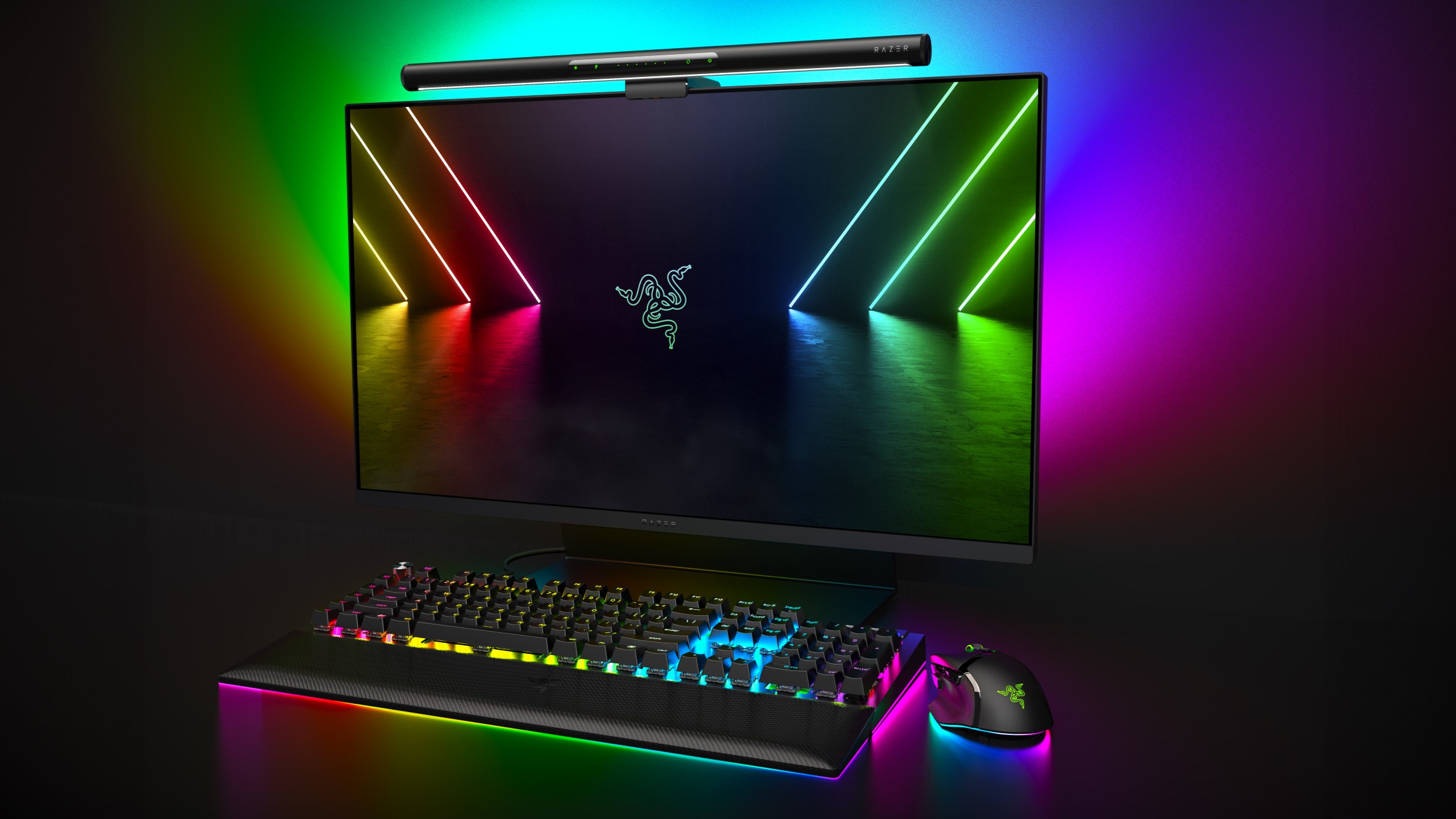
- The Razer Aether Monitor Light Bar has an adjustable white light on the front to reduce eye strain and illuminate your desk.
- RGB lights stretch across the back of the Razer Aether Monitor Light Bar.
- You can sync the RGB lights of the Razer Aether Monitor Light Bar with your favorite games and other Aether accessories.
It’s hard to find a modern Razer product without some form of RGB. But the Razer Aether Monitor Light Bar isn’t just an RGB lamp. The front of the device has an adjustable white light that lights up your desk and screen without creating glare. Having a light in front of your monitor can make it easier to see what’s on your screen and reduce eye strain.
The front of the Razer Aether Monitor Light Bar also has capacitive touch controls, though you can control it with a voice assistant if you prefer.
But don’t worry; the Razer Aether Monitor Light Bar also has RGB lights. 16.8 million colors are supported, though you’ll need a discerning eye to tell them all apart. The RGB lights of the Razer Aether Light Bar can sync with your games and other Aether accessories, such as the Razer Aether Light Strip or Razer Aether Lamp.
At $129.99, the Razer Aether Monitor Light Bar is the gadget from CES I’m most likely to actually buy. My desk doesn’t get good natural light, and redoing the overhead lighting would be costly. A light bar could reduce eye strain, and Razer’s new option can add some color to my room as well.
CES sets the stage for 2024
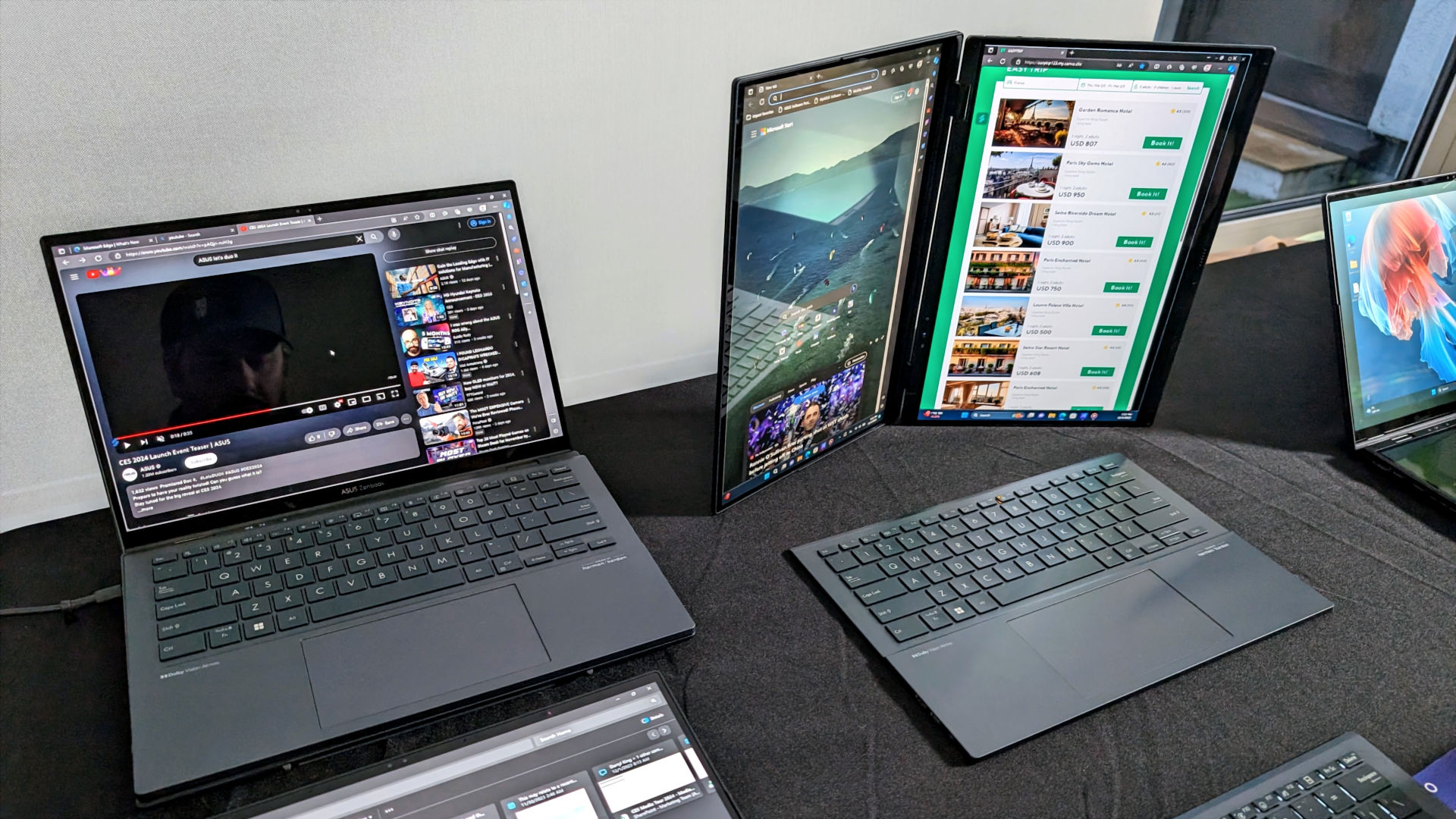
CES is one of the most exciting times of the year for tech enthusiasts and journalists. Companies unveil everything from experimental concepts to consumer tech that will ship in 2024.
This year, several companies unveiled devices that center on doubling productivity. Whether having two screens, like the ASUS ZenBook Duo, or two devices attached at a hinge, like the Lenovo ThinkBook Gen 5 Hybrid, tech makers seem keen to deliver multitasking hardware.
On the processor side of things, AMD, Intel, and NVIDIA all had announcements at CES 2024. Almost every gadget and PC will have a processor from one of those companies (unless they exclusively run on Qualcomm chips), so those tech giants need to set the tone early in 2024.




